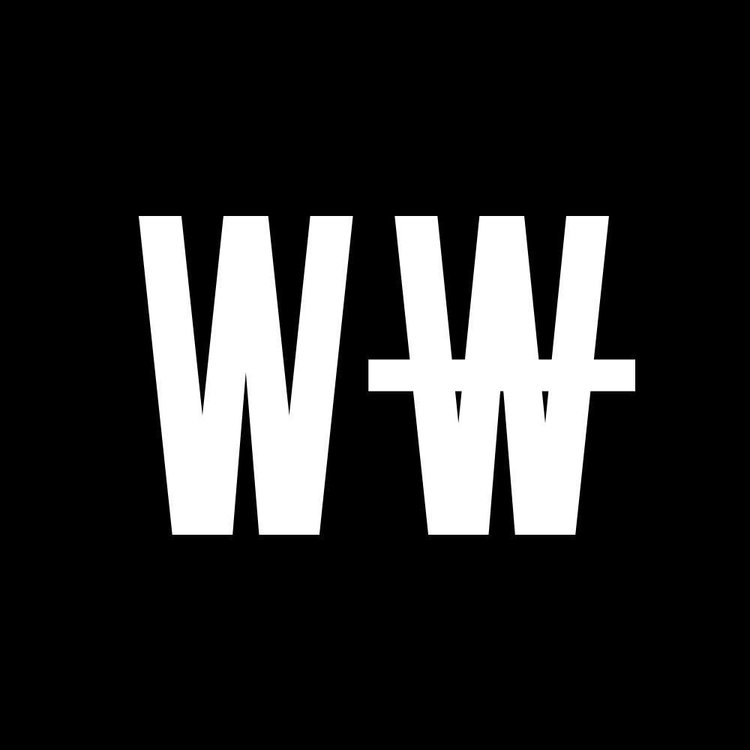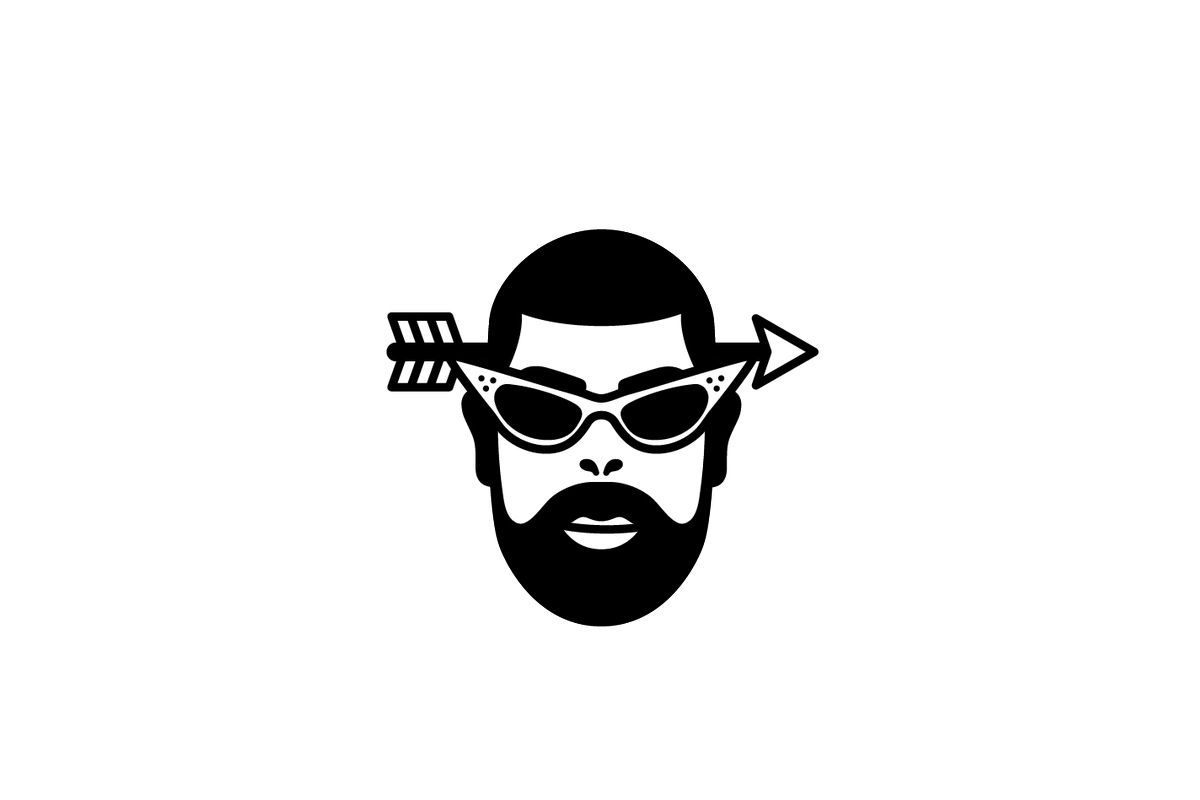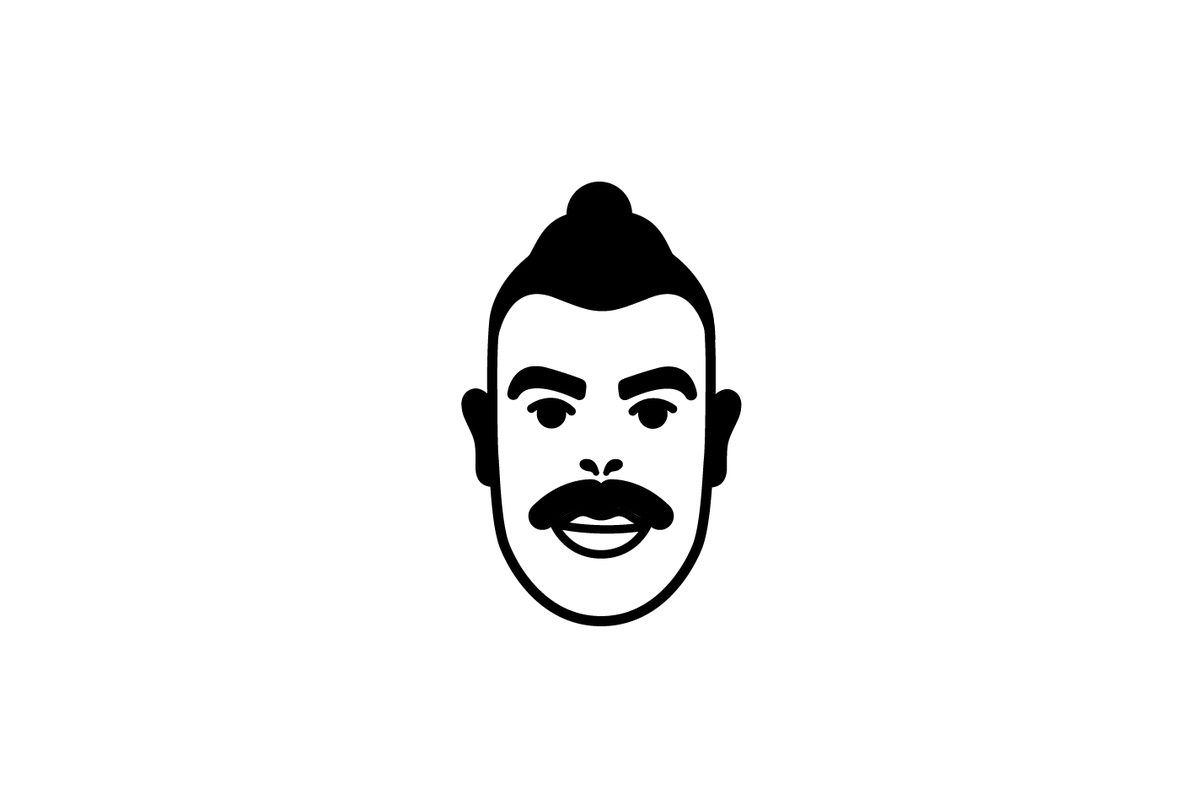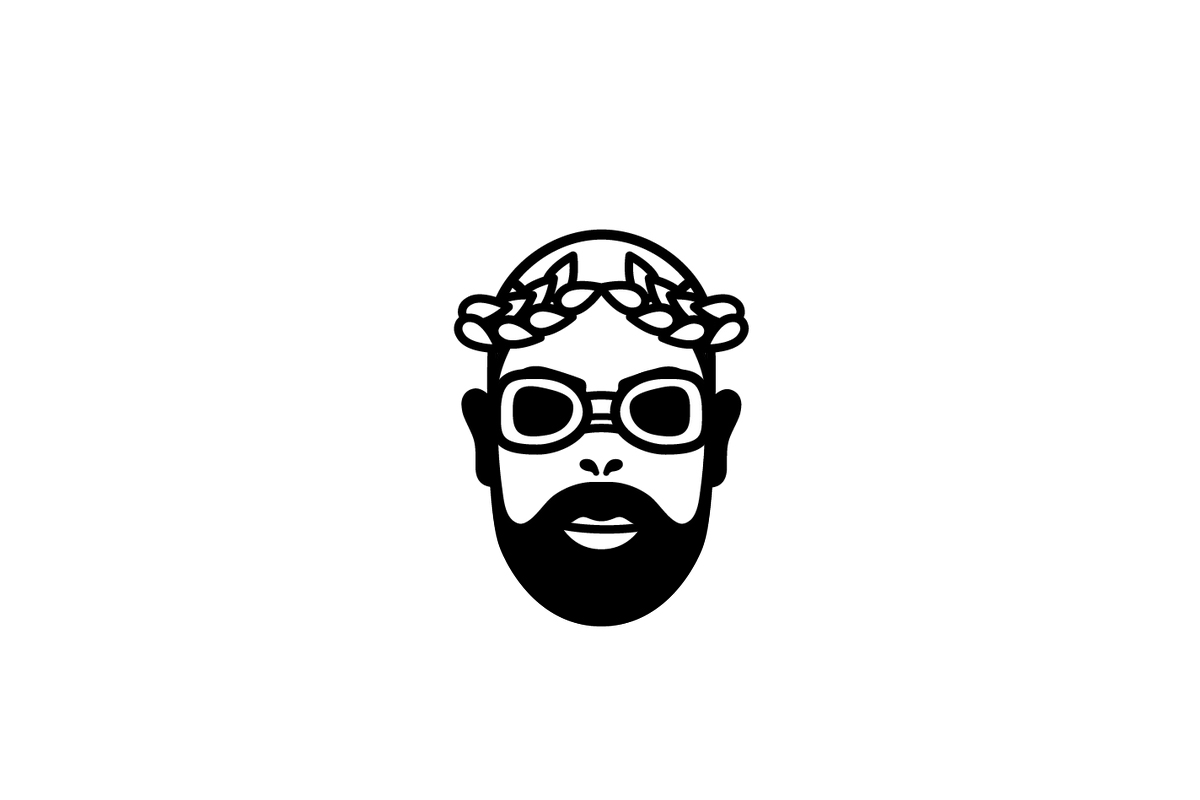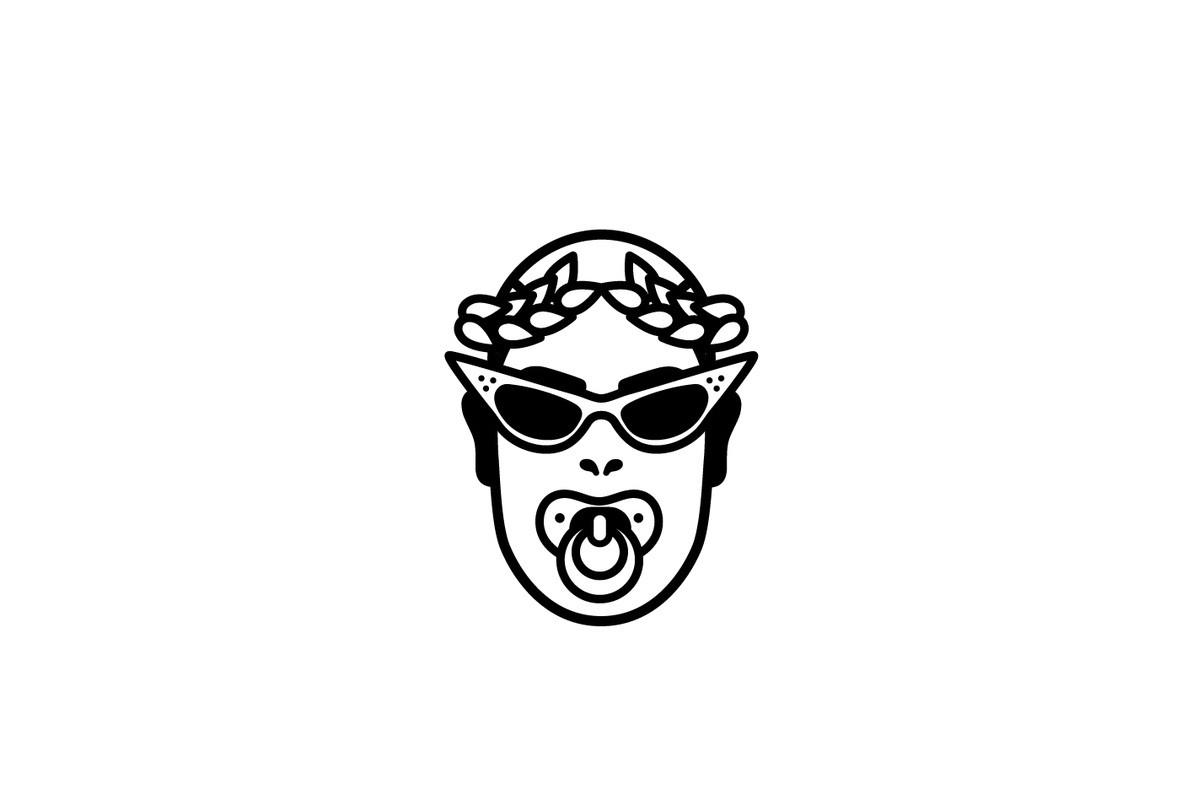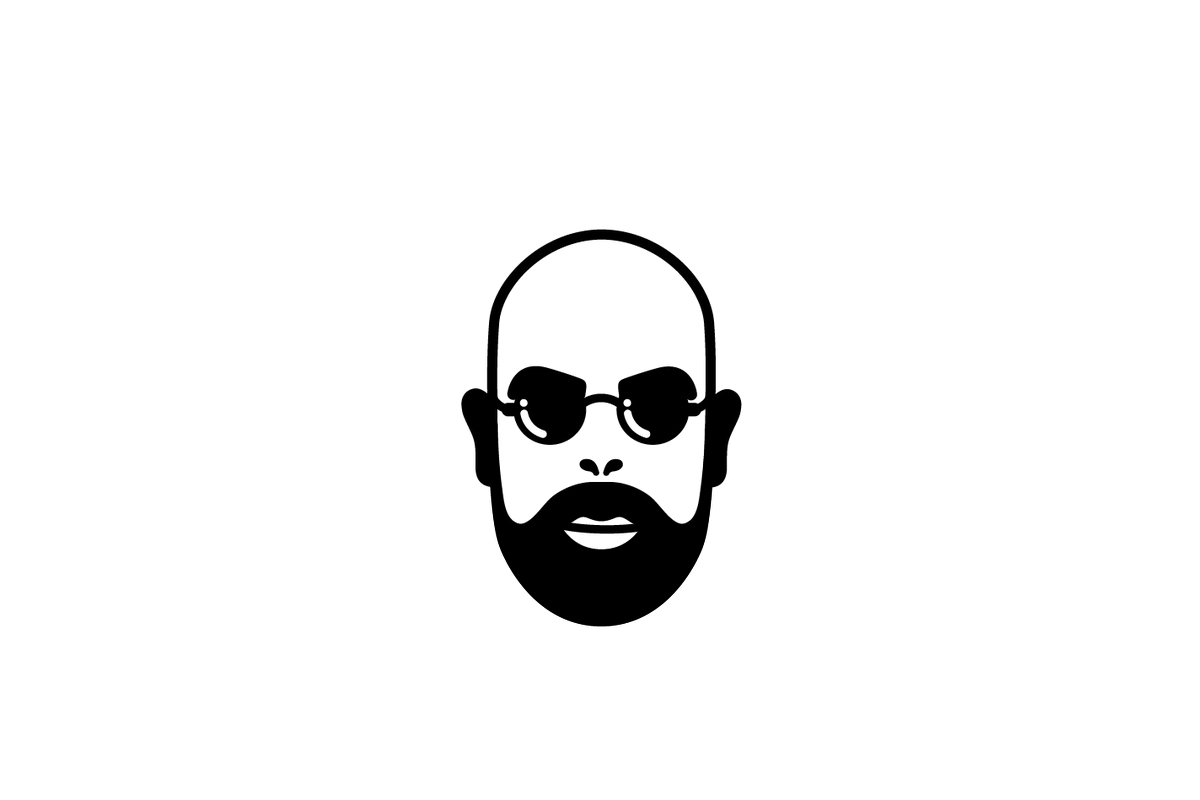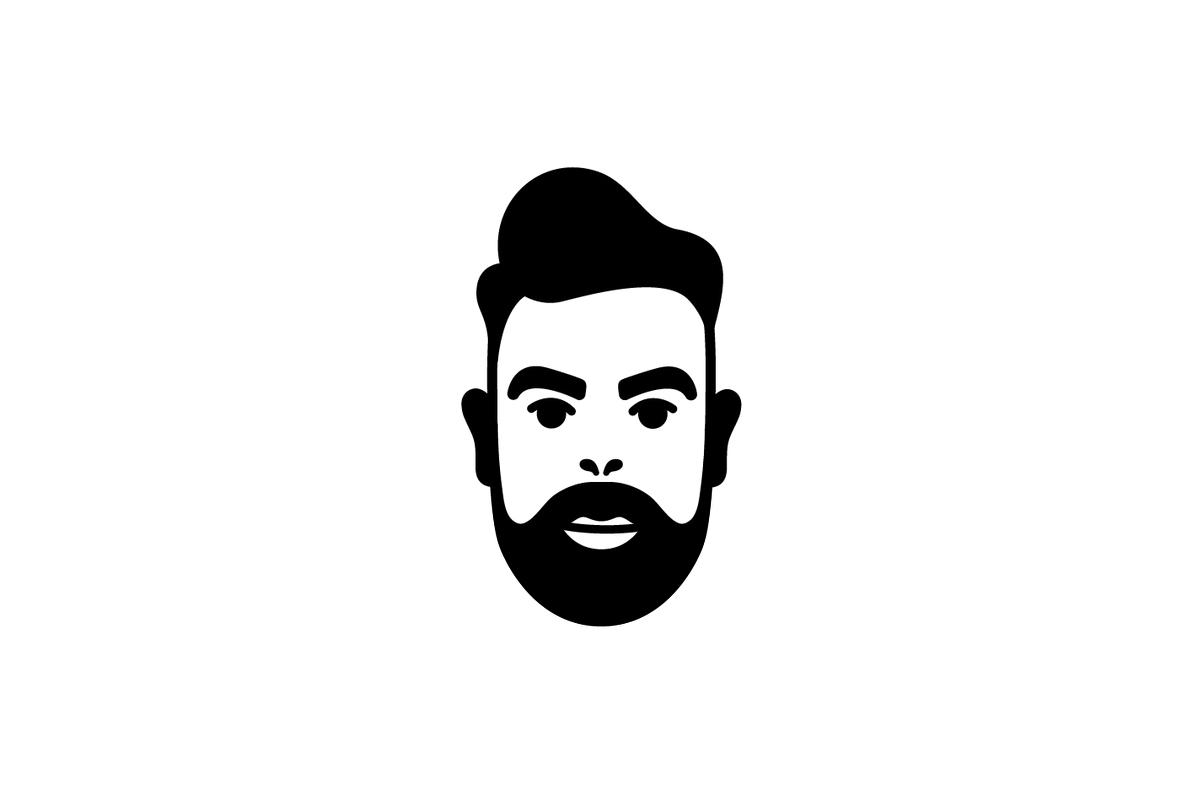I LAUNCHED MY CAREER THROUGH A PRIZE ON KICKSTARTER
By WNW Member #3180 Philip Johnson
I grew up in Indiana with dreams of being an animator—the next Disney, specifically. My brother and I had drawn floorpans for the animation and architecture company we would start. It wasn’t until I was looking at universities that I was told 2D animation was no longer a viable career (so they said.) When someone then mentioned “graphic design” to me, I was a little revolted, thinking it meant designing billboards for a living. Once I actually learned it was essentially what I had been already doing for years- designing gig posters, hacking bands’ MySpace pages and making logos for relatives’ businesses- it was pretty clear that’s what I would do. Meanwhile, I was in a band (together, in some form, for about 9 years). The plan became to support myself with design but give the band the old college try once we graduated. In school however, I was introduced to Sagmeister Inc and it quickly became the one place that really excited me: the only place I wanted to work. Still, to me it was the moon, unattainable. Which usually just means I want to find a more creative way to go after it (while not holding my breath.)
My school held its annual talent show. I played the catchiest of the band’s songs and won the category I was in, along with some prize money. Almost immediately after, someone directed my to Stefan Sagmeister's Kickstarter for The Happy Film. For the exact amount I had won, I could donate to the campaign and fly to New York to have dinner with him in his 14th St penthouse. I did. I told him I wanted an internship. I emailed Jessica Walsh, his designer, an updated portfolio when I got home. A few quiet months passed. The Thursday of my senior year Spring Break, I am headed to lunch with my dad and peek at my email. There’s one new message from Jessica Walsh. I lose my mind for a moment and my poor father doesn’t know if I’ve found Wonka’s Golden Ticket or sat on a tack. The email read that a position had opened up and asked if I can be there the following Monday to start. I said “Maybe not Monday but I’m packing my bags.” Monday, I told my professors I was leaving and I was out in New York, working in the studio that next Wednesday.
So, you could say, I Kickstarted my career. (That’s honestly the first time I’ve said that. Marketing people: Get at me. Sorry Not Sorry.)
9 things I've learned in my career (so far):
I’ve found that much of design is about understanding relationships. That in mind, I thought it would be a fun gimmick to try and present some of my newly minted values in simile form. You guys are my guinea pigs so enjoy.
1. Social Media is like my old messenger bag
Constant use results in hard to perceive consequences. I used to wear a messenger bag and run cross country. (Not simultaneously.) I developed a pain in my knee that was obviously from running. Nothing helped. At the end of a seven day trip to London, I was having trouble walking. My messenger bag was on it’s last leg as well. I came home, discarded the bag and found that within a few short days my knee had completely returned to normal. The bag had put me slightly off kilter. It was almost imperceivable day to day but, over time, had created a fairly perplexing problem. The quick and little escapes of social media feel beneficial in the short run but lower my quality of life over time. I wear a backpack, now.
2. A decision is like a cookie jar
The jar, by itself, is not that valuable. You choose the jar. You fill said jar with cookies. That is when the beauty of the cookie jar is truly realized. The cookies, in this scenario, are your actions. I can fret all I want about choosing between full time employment and freelance but, at the end of the day, I’m selecting a vessel. One might be easier to open, more manageable, but I know if I feel strongly enough about one I'm going to do whatever it takes to fill that sucker up. (It also helps that I only have one mouth to feed.)
3. Talking to new people is like a Chinese finger trap
It’s so much easier if you just relax. I’m now discovering this is true of so many things. Meeting new people, presenting work, solving some design problem—it’s all so much easier when I simply get myself to chill. My hyper-analytical mind makes it difficult most of the time, but the benefits are pretty astounding when I'm able to.
4. Passivity is like a band-aid on a splinter
Yes, pulling the thing off might be slightly uncomfortable but 20 bucks says if you cover it up and hope it heals you’ll have yourself a nice little infection. Direct, objective discussion of anything problematic has continually proven beneficial in my relationships (of all kinds).
5. A pursuit is like a quality rollercoaster
If it doesn’t scare the crap out of me, at least a little bit, it’s probably crap. All of the work I’m proudest of, the best life choices I’ve made, have scared the crap out of me—at least a little. Let’s say this is a fear of the unknown (not knowing if I’ll be able to support myself as a freelancer, not knowing exactly how this project will come together with x budget and x timeline, etc.) The unknown leaves the most room for surprise and discovery. It’s the trial by fire projects that leave me the most fulfilled, having acquired some new understanding or skill set. Being comfortable, in this regard, gets me nowhere.
6. Life is like a box of chocolates
(Though sometimes there are little pictures of what chocolates are where on the underside of the lid.) Food for thought.
7. Happiness in work is like that thing where you relax your body as much as possible and are like “Am I that tense all the time? Like, even my eyebrows were tense. Why don’t I do that all the time?"
Even though I love what I do, I still have to remind myself that I have the capacity to love it from time to time. An exciting project inevitably turns into a list of tasks. Like all great things, they can cease to feel great once I become accustomed to them. I’ve been training myself to recognize these moments, responding and thus thinking “Why don’t I do that all the time?"
8. School is like a buffet
Many people (myself included) go to school expecting a sit-down restaurant where everything is neatly presented to you. In reality, it’s more of a buffet. Everything is there—probably more than you can imagine—but it’s up to you to get up and serve yourself. If you expect to be spoon-fed, you’ll starve.
9. Like what you like
I can’t tell you how much energy I’ve wasted in my life questioning my tastes or wanting to tailor them to fit what seemed cool or respectable. It’s not an overt thing—it’s usually at a gallery with some brilliant friends. I find myself the only one unmoved by a certain piece. My gut reaction is that I am somehow at fault. I’m not cultured or intelligent enough to see what they see. This is an incredible waste of energy. It’s so liberating to be able to say “This is BAD!”—to understand that your liking or disliking something does not need validation (though understanding why is often useful). That painting does nothing for me—I’m still a decently educated person! I got a rolling tear going at the part of that young adult movie where they’re obviously trying to make you cry—I take full ownership of that and know that I still have some discerning taste! I love me some jazz but there’s a notable amount that goes clear over my head—it’s completely unrealistic and unnecessary that I grasp enough music theory to fully appreciate most experimental jazz! Adore or despise that artwork, unfettered. Openly cry at that movie, unashamed. Love that song simply because THAT. GROOVE. IS. SICK.
